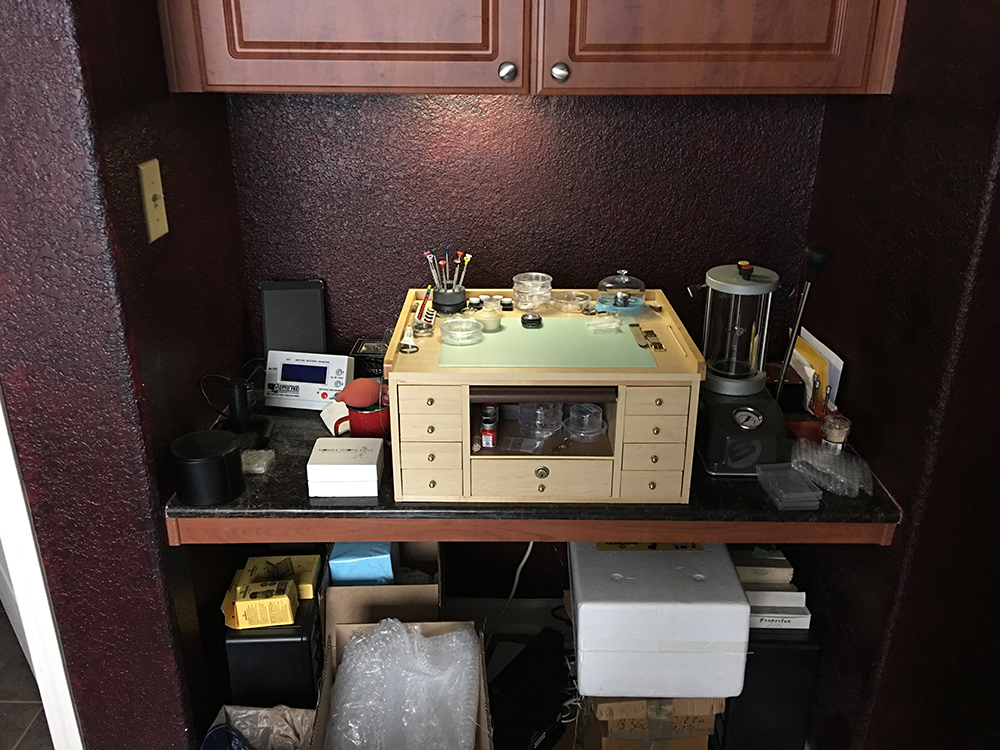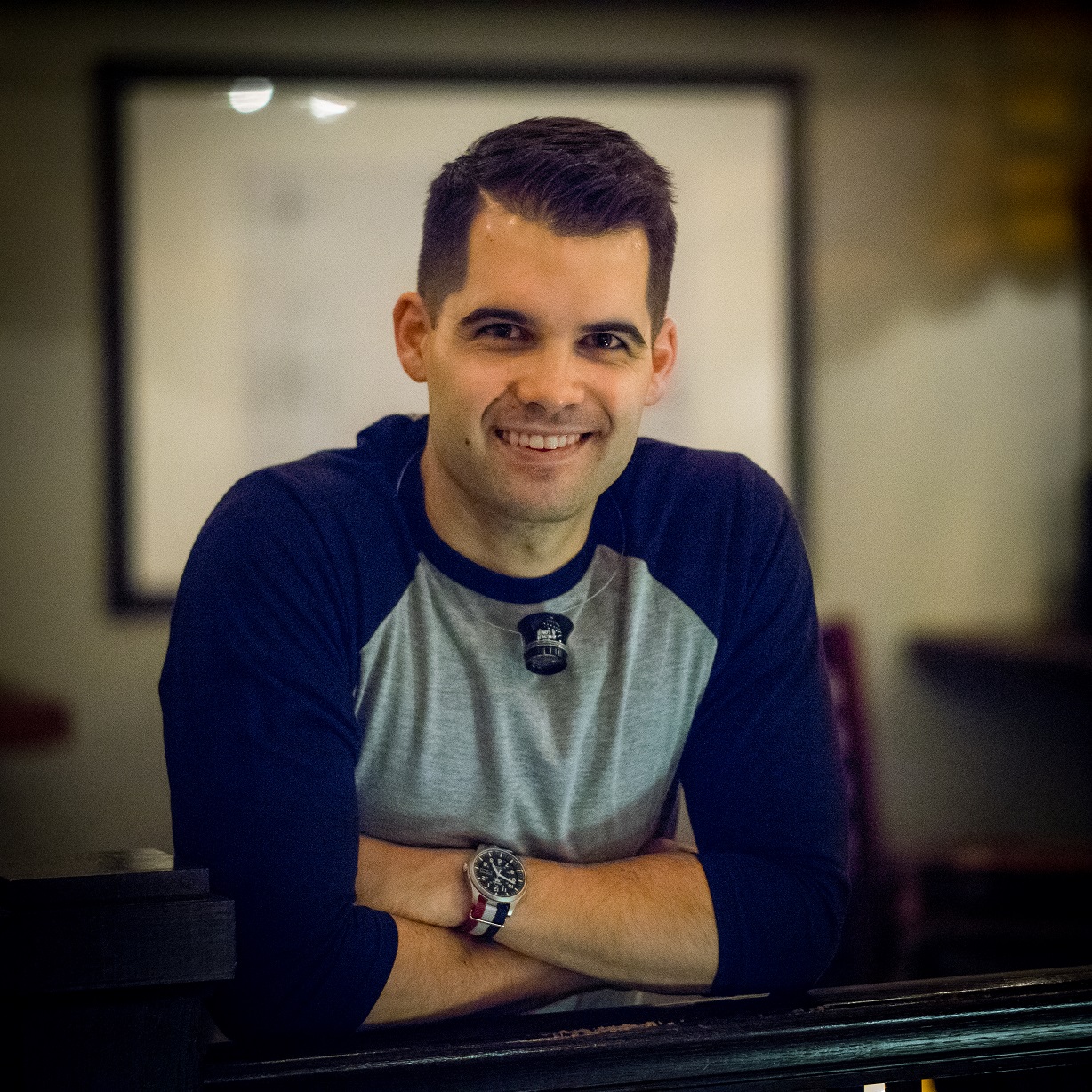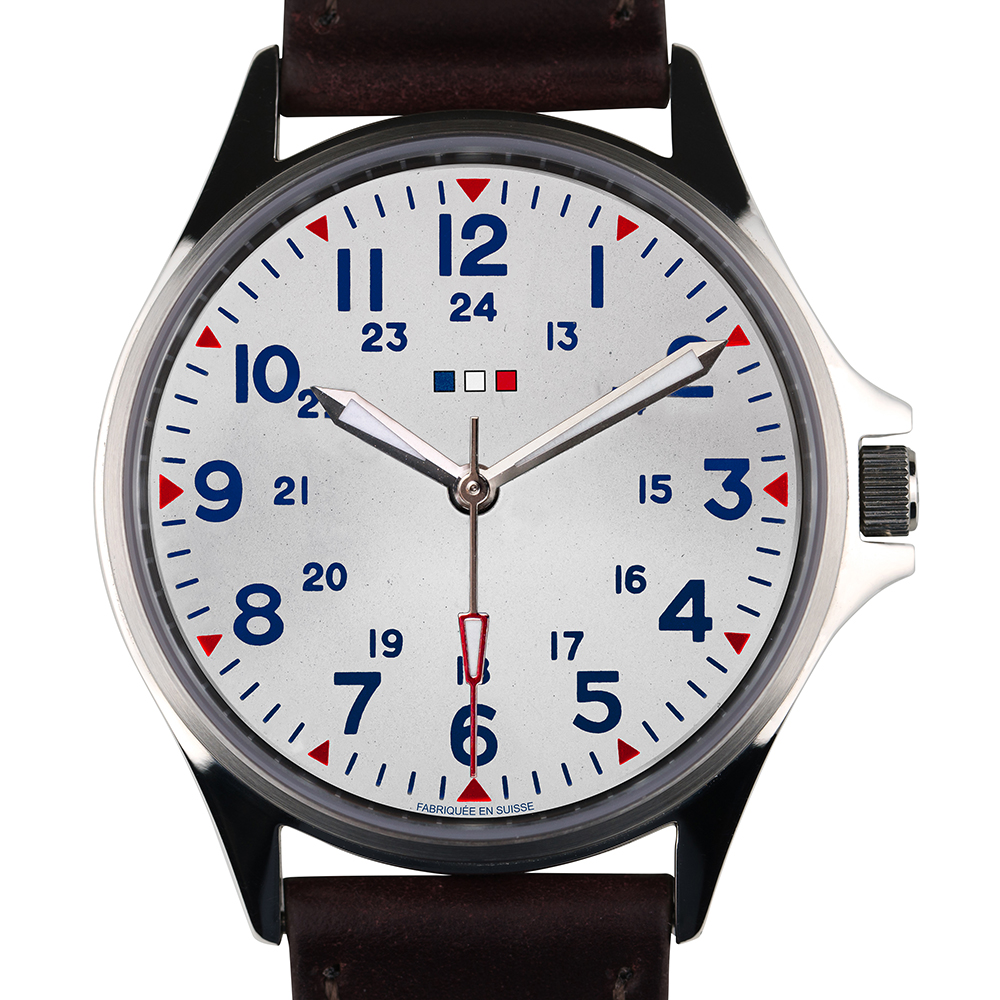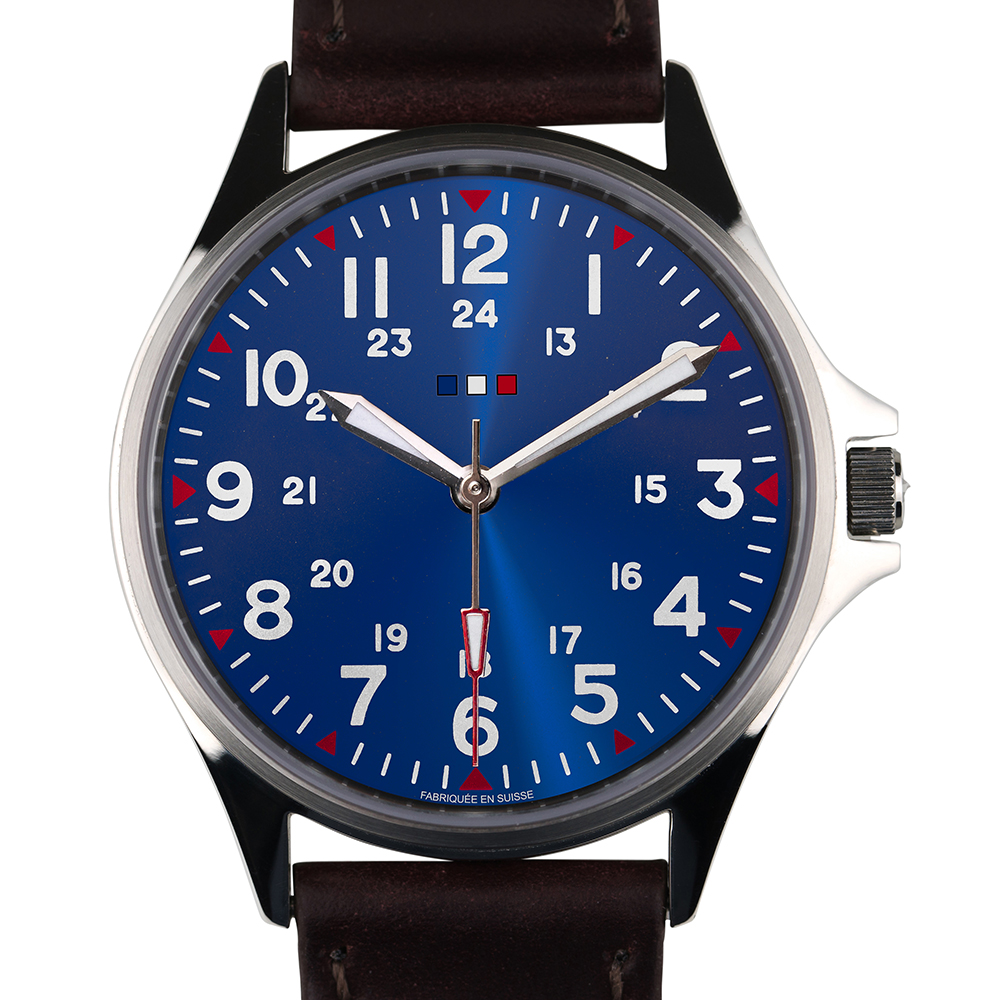
This small space in my Houston condominium is where the idea for the Field Watch gradually took shape.
Indeed, you must train yourself to be detail-focused, curious, and paranoid nearly to a fault. Why? Because you’re going to have to deal with a lot of information just to reach your goal of making a watch, let alone without losing money. Once it’s released, you want it to be a success and we all know how detail-obsessed the watch community is! With so much choice already out there, it’s best to think upfront of anything and everything that will please or upset its members.
What this means specifically for me is that beyond teaching myself to service movements and put a working prototype together, I keep spreadsheets of suppliers, calculations of taxes and margins, and detailed files distilling all my research, which I update daily. If you are not willing and/or able to do all this “grunt work” to go along with the “glamor” of launching a watch, then this path is not for you.
I feel very strongly that all of this is absolutely necessary if you hope to have any chance of success. Nevertheless, this is “passive” action in that it enables progress, but it doesn’t directly move you towards a complete watch.
The next step – the one Ariel warned me about when we first discussed this series – does move you that way, and here I’ll share a few of my experiences.
Partnering With Suppliers
Believe it or not, there is common ground between Swiss watch suppliers and the Ghostbusters:
“Who you gonna call?”
It is very easy to lose sight of the large service infrastructure and the division of labor that still anonymously underpins the Swiss watch industry, and therefore, it is hard to know who to contact.
The oil & gas industry is set up the same way, so I knew these companies were out there. My first step was to use my investigation and French language skills to build a database of every company that I could potentially partner with (downloadable here as an Excel file).
At that point, it should have been easy: in the middle of an industry downturn, surely everyone I contacted would have been ecstatic over the prospect of any new business, no matter how small. In fact, some suppliers I contacted completely ignored me. To one in particular, I sent two follow up messages, and after a few days’ wait following the second, was sent a curt reply essentially saying “thanks, but we’re not interested in your project!”
Persistence and patience were essential, and I knew that if I just kept going, I would be rewarded. Sure enough, I did hear back from a few companies interested in entertaining my idea. Afterwards, it was a matter of near-daily back and forth exchanges for the better part of a month through emails, capped off by some early morning phone calls (to account for the Houston-Switzerland time difference) to discuss pricing, design requirements, and production lead times.
That’s where the fun really started, and my faith in this project grew significantly. There’s no doubt that my current relationship with suppliers is based on a potential transaction. Yet, I think there’s a danger in abstracting business to just a series of transactions. To me, good business is really about building relationships with people.

The SW200-1 movement selected for this project, which will be modified to be date-only (picture courtesy of Sellita).
Sure, there were some companies that wouldn’t give me the time of day, but after we spoke on the phone, one supplier said he might stop by Houston after a trade show in Las Vegas and asked if I would show him around. Patrick, the gentleman mentioned above, sent me a really encouraging email following our phone call and thanked me for our conversation.
That friendly connection is exceedingly important going forward: I am making the case for people to trust me with their money, and I would only do that if I had complete faith that those who will be receiving that money will do the best job possible. Indeed, if you find yourself attempting what I’m doing, trust your gut: if companies respond sporadically or rudely, take that as a sign of how they will handle your project and customers’ cash!
Right, I’ve kept you in suspense long enough, now it’s time to share the specifications of the watch.
Field Watch Specifications
Here is what I aim to deliver:
- Time-only
- 38mm case which incorporates crown guards
- 200m water resistance with a screw-down crown
- Domed sapphire crystal with dual-sided, anti-reflective coating
- Drilled lug holes
- See-through caseback
- 3 dial options, all of which will feature ample, highly-luminescent Super Luminova
- Top-level (get it?) movement with blued screws, perlage, and Côtes de Genève
- Premium leather strap
- Totally designed, built, assembled, and tested in Switzerland
The good news for you is that while I can’t provide all this for the price of the Khaki Field, these watches are well below that of the Tudor Ranger, with which I believe mine will stand toe-to-toe.
Hopefully, all of this has not only piqued your interest for future articles, but also helped demystify some of the inner workings of the Swiss watch industry, which can be as mysterious as those of the watches themselves! If you feel that this was just the push you needed to get going on your own watch project, even better, and I’m happy to support others in pursuing their goals.
My next article should be a frank review of how I approached movement selection. I know this is a topic that gets the aBlogtoWatch community excited (especially in light of Ariel’s recent story), so I’ll be very interested to read the comments section.
Finally, I organize regular Meetups in the Houston area. It would be great to meet some of you in person!
Thanks so much for your time, and I’m really looking forward to sharing the rest of this experience with you all!
David Vaucher is the founder of Atelier Vaucher (ateliervaucher.com), based out of Houston, Texas, but influenced heavily by his life in France. He can be reached by email at [email protected] or through Instagram @atelier_vaucher.


